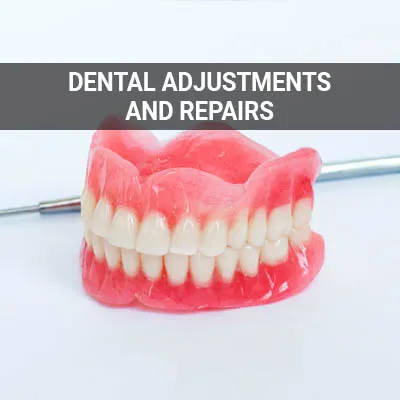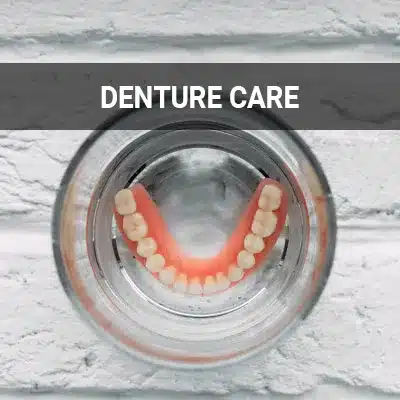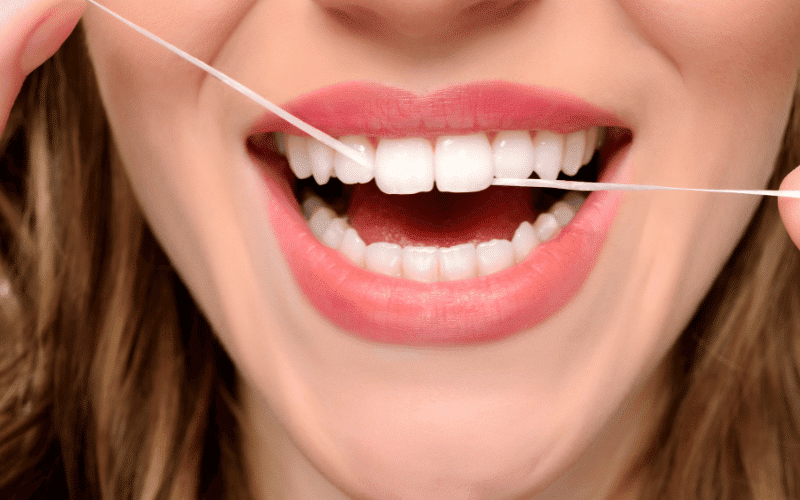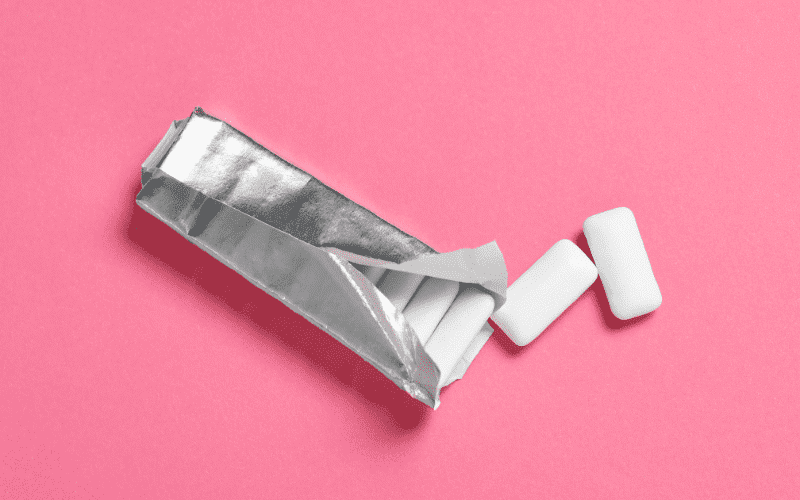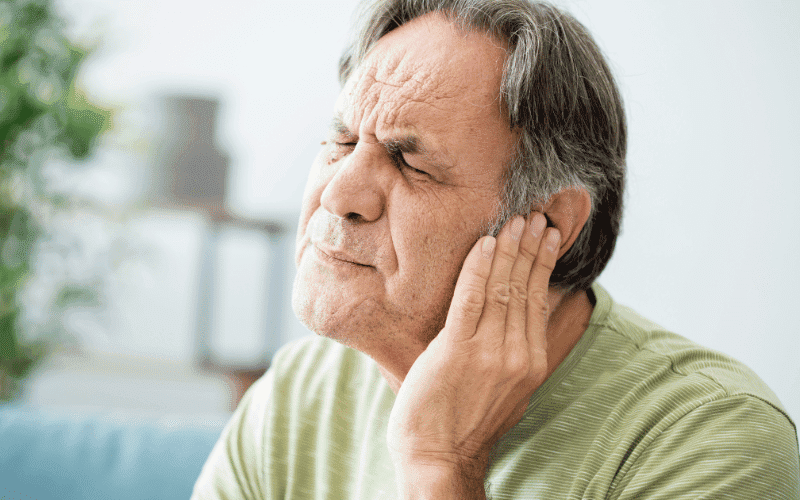
Denture Relining, Glendale AZ
Dentures improve the quality of life for many people. Over time, however, dentures may need to be relined or rebased to continue working correctly. Denture relining is the reshaping of the side of the denture that touches a person's gums or the roof of the mouth. Denture rebasing is the complete reconstruction of the base of the denture without replacing the tooth portion.
Denture relining and rebasing is available at Singh Smile Care - Dentist Glendale, AZ in Glendale AZ and the surrounding area. We work with our patients to determine the ideal process to use when adjusting the fit of dentures. Properly fitting dentures can prevent soreness and oral health problems. Call us today at (623) 400-6009 to schedule an appointment.

How to Tell When Dentures Need to Be Relined or Rebased
You should make a dental appointment any time your dentures feel uncomfortable. Dentures must fit properly, so they do not rub on the gums and create sore spots. Most patients will need to have their dentures adjusted after tooth loss, as reshaping of the gums and jawbone will naturally follow.
The American College of Prosthodontists explains that many patients mask these changes by using denture adhesives to ensure the prosthetics stay in place. However, relining will still be necessary. Denture relining involves adding material to the existing base of the denture (the part that supports the artificial teeth) to make it hug the patient's gums and stay in place.
Dentures must fit properly, so they do not rub on the gums and create sore spots.
Three Types of Denture Relining
The common types of denture relining procedures include hard relining, soft relining, and temporary relining. The type of relining one needs depends on that patient’s situation. Here are descriptions of the three types of relining and what they involve:
- Hard Relining. Hard relining consists of the same kind of material as the denture’s original base, usually acrylic. Hard relines last around two years. After two years, the patient’s gums may have changed shape enough to need another reline.
- Soft Relining. Soft relining can last slightly longer than hard relining. Still, if the patient’s gums are steadily changing, a new hard reline may be needed before the previous one wears out. According to an article in the Journal of Dentistry and Medical Research, a soft, silicone-based denture lining may help dentures stay in place. The material used for a soft reline is molded to fit the patient’s gums, and is more comfortable than acrylic.
- Temporary Relining. A temporary reline is a special type of soft reline that uses a medicated temporary lining material to help a patient with swollen, irritated gums. Once the irritation has gone, a dental professional can take new, accurate impressions, and the soft or hard reline can be done.
One or a combination of methods could work for you. Our team suggests making an appointment once you realize dentures are not fitting right. At the appointment, the dentist can assess the situation and discuss options.
One or a combination of methods could work for you.
How to Prevent Denture Relining and Rebasing
No amount of care can prevent bone and gum shrinkage stemming from dental extractions. Fortunately, patients can still take steps to avoid unnecessary rebasing due to their dentures breaking. Dentures that dry out are at risk for warping and losing their shape. Submerging them in water or a special solution can prevent this from happening.
Patients should take certain precautions when cleaning dentures. They should work over a soft towel or a sink full of water to protect the dentures from hitting a hard surface and breaking. A soft-bristled toothbrush topped with a non-abrasive cleaner can gently brush the surface of the dentures without scratching them.
No amount of care can prevent bone and gum shrinkage stemming from dental extractions.
What To Expect From Denture Relining
If our team determines that relining can correct ill-fitting dentures, the first step is an appointment to examine both the dentures and the patient's mouth. The dentist may remove some of the existing denture base material before taking new impressions at this appointment. If a chairside relining is complete, the patient will get the refitted dentures back before leaving the appointment. If the dentures go to a lab for relining, they may come back as soon as the next day.
No matter the type of relining treatment the patient receives, we will go over the treatment process with the patient and answer any questions they have. Our goal is to help patients throughout the entire process and any necessary follow-up care.
If our team determines that relining can correct ill-fitting dentures, the first step is an appointment to examine both the dentures and the patient’s mouth.
Questions Answered on This Page
Q. How can I tell if my dentures need to be relined or rebased?
Q. Are there different methods of denture relining?
Q. How can I prevent denture relining and rebasing?
People Also Ask
Q. What happens during a denture fitting appointment?
Q. What are partial removable dentures for one missing tooth?
Q. Should I contact you immediately after damaging my dentures?
What To Know About Denture Rebasing
The process of rebasing dentures involves creating an entirely new base portion. Denture rebasing is a viable option when the pink base portion has worn out, but the artificial teeth are still in good condition. Rebasing, when possible, is a lower-cost alternative to getting an entirely new set of dentures.
While dentures can last for years before needing extensive repairs, it is crucial to seek regular checkups and ensure they are in proper shape.We can restore damaged dentures and help patients continue using their dentures without issues. By rebasing dentures, patients will not have to constantly get a new set.
Denture rebasing is a viable option when the pink base portion has worn out, but the artificial teeth are still in good condition.



